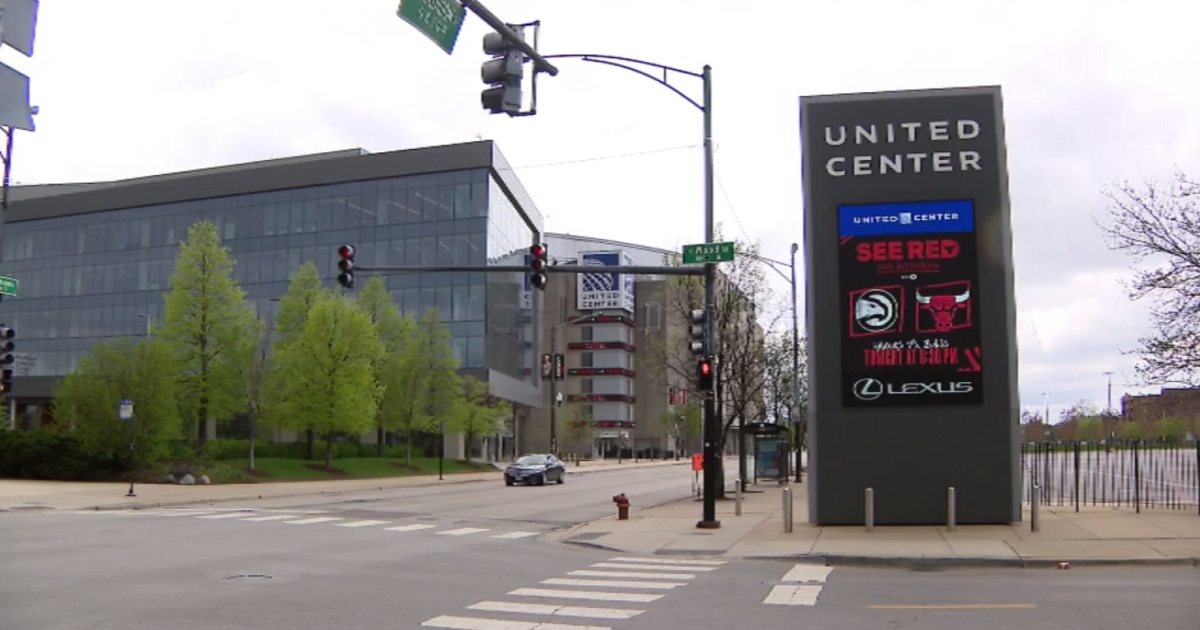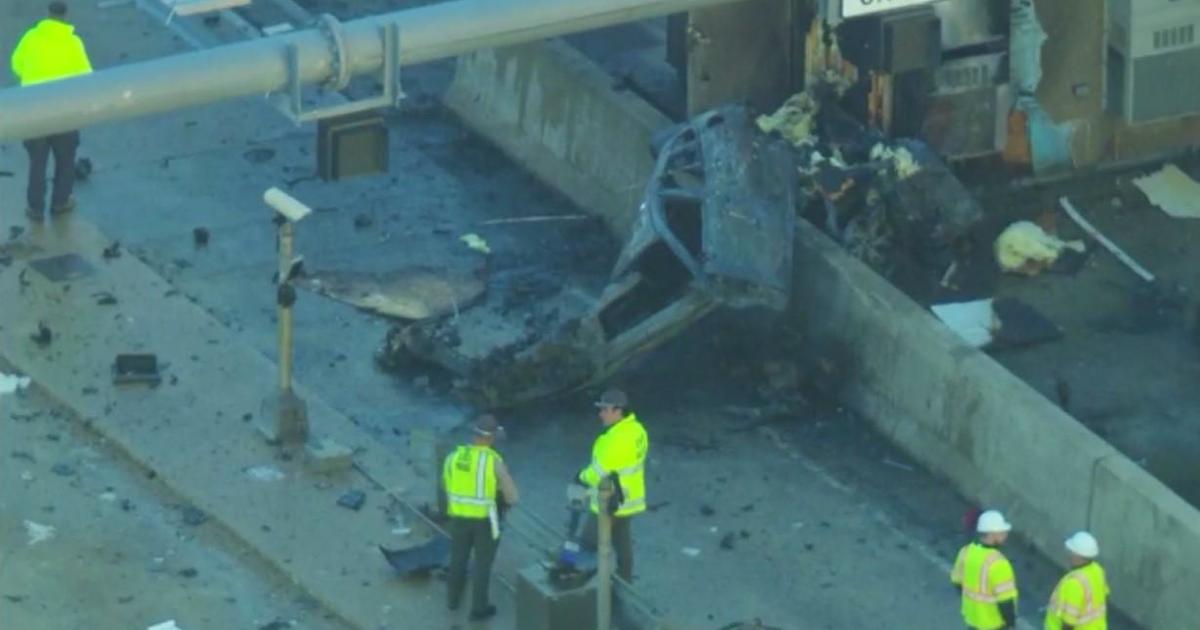Does 70 MPH Highway Speed Limit Apply To Chicago Area? Maybe, Maybe Not
CHICAGO (STMW) -- Illinois raised its speed limit Monday on its vast interstate and tollway highway system to 70 mph, but don't go flooring it just yet until the politicians who put this new law on the books figure out whether higher speeds were really meant for the Dan Ryan, the Stevenson, the Tri-State and urban super-highways like them – or just the ones cutting through the state's corn and soybean fields Downstate.
Gov. Pat Quinn, who defied the advice of members of his own cabinet, signed the higher speed-limit legislation into law Monday but insisted the move from 65 mph to 70 mph will affect only rural interstates when it goes into effect Jan. 1.
But one of the bill's chief legislative architects was as equally certain in his interpretation that the legislation would hike speed limits by as much as 15 mph on the 55-mph routes that run through the heart of Chicago, the densely-populated collar counties and the Metro East area near St. Louis – unless county boards in those areas opt out of the higher speed limits.
Go
The back-and-forth set off confusion involving one of the state's pre-eminent traffic-safety groups and officials in the collar counties, who seemed perplexed at being given any role in the discussion over higher speed limits.
"The governor's press release misstated the facts," said state Sen. Jim Oberweis (R-Sugar Grove), the bill's chief Senate sponsor, who insisted it was his intent for the higher speed limit to apply to even clogged arteries in Chicago and suburbia."The bill moves the speed limit to 70 mph for all interstates and tollways in Illinois," Oberweis said, with an aide to Senate Minority Leader Christine Radogno (R-Lemont) backing up Oberweis' interpretation.
But late Monday, a Quinn aide insisted Oberweis was wrong in how he was reading his own legislation.
"The law is the law is the law," Quinn spokeswoman Brooke Anderson said.
The dispute between the governor's office and Oberweis revolved around a key phrase permitting the higher speed limit "outside an urban district" and new power given to Cook, DuPage, Kane, Lake, McHenry and Will counties to opt out of the higher speed limits.
But that opt-out language had officials in some of those counties befuddled about how the law even applied to them since they seemed to lack rural stretches of interstate – or, for that matter, any roads with 65-mph speed limits — and have never had authority to set speed limits on expressways or tollways.
"Our interpretation is that this law does not impact our county highway system — 55 remains the maximum speed limit along the county's roadways," said Johnna Kelly, a spokeswoman for the DuPage County Board.
"The county doesn't have jurisdiction over the tollway and IDOT roads," she said.
A top Will County official echoed those sentiments.
"I think there's a little confusion," said Anastasia Tuskey, a spokeswoman for Will County Executive Lawrence M. Walsh. "Our county highway director said we can't regulate any state highway speeds."
A representative of AAA Chicago, a motorist-advocacy group that lobbied against the bill last spring amid concerns it would increase speeding-related fatalities in Illinois, appeared to share in the uncertainty.
But later in the day, the group shifted gears and sided with Quinn's interpretation, while acknowledging that the law contained confusing aspects involving the overlay of the new 70-mph speed limit and the counties' role in setting speed limits.
"We've got some time to clear things up and let everybody know where and how fast," AAA Chicago spokeswoman Beth Mosher said. "That's the good part of all this, that we have some time."
"Speed is such an enormous problem on our roads already. To have people going faster, we don't see as the answer," Mosher said. "We're really, really disappointed Quinn signed this today."
By signing the legislation, Quinn took a stance on the bill opposite that pushed by Transportation Secretary Ann Schneider and State Police Director Hiram Grau, who both contended the higher speeds could lead to an uptick in traffic fatalities.
But in a bow to traffic safety, the governor highlighted how the legislation cut the threshold at which a motorist can be charged with excessive speeding. Now, that amounts to 31 mph over the posted limit; with the new law, it goes to 26 mph over.
"This limited five miles-per-hour increase will bring Illinois' rural interstate speed limits in line with our neighbors and the majority of states across America, while preventing an increase in excessive speeding," Quinn said in a statement announcing the move.
But for his part, Oberweis said he knows what his intent was with the legislation – making sure speed limits in urban parts of Illinois are in tune with neighboring states, too.
He favors passing a "clarifying amendment," if necessary, to explicitly make that clear.
"If you have a law on books that's widely ignored by our citizens, we ought to look at it. If it's a good law, we ought to enforce it. If it's a bad law, we ought to change it," Oberweis said.
"In this 21st century, almost all states in the country have 70 mph and even 80. We're the exception rather than the rule. Our interstate highways were built for 80-mph traffic; so 65, to me, is an artificially low barrier. And someone driving from Iowa to Ohio, it seems they can go 70 in Iowa, slow to 65 in Illinois and go to 70 in Indiana," Oberweis said. "I don't think it's good policy."
(Source: Sun-Times Media Wire © Chicago Sun-Times 2013. All Rights Reserved. This material may not be published, broadcast, rewritten, or redistributed.)



